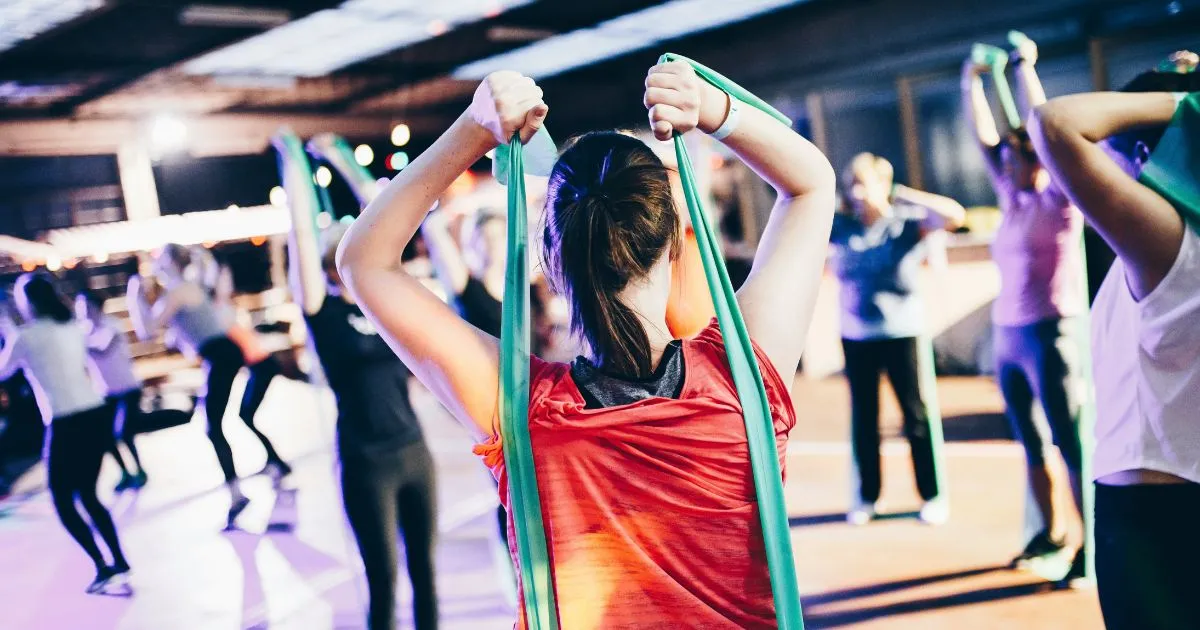6 Effective Home Workout Tips: How to Stay Fit Without a Gym
Introduction
You want to stay fit, but a busy schedule, high gym fees, or the inconvenience of commuting makes it tough. The good news? You don’t need a gym membership to maintain a strong and healthy body. Home workouts offer flexibility, affordability, and results if done correctly. Whether you’re a beginner or a fitness enthusiast, this guide will equip you with the best home workout strategies to keep you in top shape without stepping into a gym.
Table of Contents
1. Why Home Workouts Are Just as Effective as the Gym
Many believe that gym workouts are the gold standard for fitness. However, home workouts can be just as effective when structured properly. Here’s why:
- Bodyweight exercises build strength and endurance – Movements like push-ups, squats, and planks target major muscle groups without the need for equipment.
- Functional fitness – Training at home often involves full-body movements that improve mobility and flexibility.
- Consistency trumps location – Regular home workouts yield better results than sporadic gym visits.
- Time-efficient – No travel time, no waiting for equipment, and no distractions mean quicker, more focused workouts.
Studies show that resistance training with body weight can lead to significant muscle growth and fat loss when combined with proper nutrition. The key is intensity and progressive overload.
2. Essential Equipment for an Effective Home Workout
While you don’t need fancy equipment, a few essentials can enhance your workouts:
Minimalist Home Gym Setup
- Resistance bands – Great for strength training and mobility work.
- Dumbbells or kettlebells – Versatile tools for full-body workouts.
- Yoga mat – Provides comfort and stability for floor exercises.
- Jump rope – Perfect for cardiovascular endurance and agility.
Household Items as Substitutes
- Water bottles – Can replace light dumbbells for arm exercises.
- Chairs – Ideal for triceps dips, step-ups, and seated exercises.
- Towels – Work well for resistance movements and as sliders for core workouts.
With these basics, you can craft an effective, varied workout routine that mimics a gym experience.
3. Best No-Equipment Home Workouts
Even without equipment, you can train effectively using bodyweight exercises. Here are some of the best routines:
Full-Body Workouts for Strength
- Squats – Strengthen legs and glutes.
- Push-ups – Target chest, shoulders, and triceps.
- Lunges – Improve balance and leg endurance.
- Planks – Engage the core and stabilize the body.
Cardio Workouts at Home
- High-Intensity Interval Training (HIIT) – Short bursts of intense effort followed by rest.
- Jumping jacks – Boost heart rate and coordination.
- Burpees – Work multiple muscle groups while burning calories.
- Mountain climbers – Engage the core and elevate the heart rate.
Flexibility and Mobility Routines
- Yoga – Improves flexibility, balance, and mental clarity.
- Dynamic stretching – Prepares muscles for exercise and prevents injury.
- Foam rolling – Aids in muscle recovery and relaxation.
Mixing strength, cardio, and flexibility ensures a well-rounded fitness plan.
4. Creating a Consistent Home Workout Routine
To see results, you need a structured and sustainable plan. Follow these steps:
- Set clear goals – Define whether you want to build muscle, lose weight, or improve endurance.
- Plan your workouts – Allocate specific days for strength training, cardio, and flexibility.
- Track progress – Use a journal or an app to monitor improvements.
- Stay accountable – Find a workout buddy or join an online community.
Sample Weekly Home Workout Plan
| Day | Workout Type |
|---|---|
| Monday | Strength (Bodyweight Exercises) |
| Tuesday | HIIT Cardio |
| Wednesday | Yoga & Mobility |
| Thursday | Strength Training |
| Friday | Cardio & Core Work |
| Saturday | Active Recovery (Walking, Stretching) |
| Sunday | Rest or Light Activity |
5. Overcoming Common Home Workout Challenges
Home workouts come with obstacles, but solutions exist for each:
Staying Motivated Without a Gym Environment
- Set workout reminders.
- Follow engaging workout videos.
- Reward yourself for milestones.
Limited Space and Distractions
- Clear a dedicated workout area.
- Choose short, high-impact workouts if space is tight.
- Communicate workout times with family to avoid interruptions.
Avoiding Injury and Ensuring Proper Form
- Follow instructional videos for guidance.
- Warm-up and cool down properly.
- Listen to your body and rest when needed.
6. Nutrition Tips to Support Your Home Workouts
Your diet plays a crucial role in fitness success. Here’s how to optimize nutrition for home workouts:
- Protein intake – Supports muscle recovery (chicken, eggs, tofu, lentils).
- Hydration – Drink water before, during, and after workouts.
- Balanced meals – Combine carbs, proteins, and healthy fats for sustained energy.
- Pre-workout snacks – Bananas, oatmeal, or Greek yogurt provide quick fuel.
- Post-workout meals – Lean proteins with complex carbs aid recovery.
Meal prepping ensures you stick to nutritious choices even on busy days.
Conclusion
Home workouts are an effective, flexible, and affordable way to stay fit. By using bodyweight exercises, incorporating simple equipment, and following a structured routine, you can achieve impressive results without ever stepping foot in a gym. The key is consistency, dedication, and adapting workouts to fit your lifestyle.
What’s stopping you from starting your home fitness journey today? Pick a routine, commit to it, and take the first step toward your fitness goals. Share your progress and challenges in the comments—we’d love to hear your journey!
FAQ Section
1. Can I build muscle with home workouts?
Absolutely! Using bodyweight exercises, resistance bands, and progressive overload can effectively build muscle at home.
2. How long should a home workout be?
It depends on intensity and goals, but 20-45 minutes per session is optimal.
3. Do I need equipment for home workouts?
Not necessarily. Many effective exercises rely on body weight alone, but resistance bands and dumbbells can enhance your routine.
4. What’s the best time to work out at home?
The best time is whenever you can consistently commit. Morning workouts boost energy, while evening sessions relieve stress.
5. How do I stay motivated for home workouts?
Setting goals, tracking progress, following workout videos, and creating a dedicated workout space can help maintain motivation.

